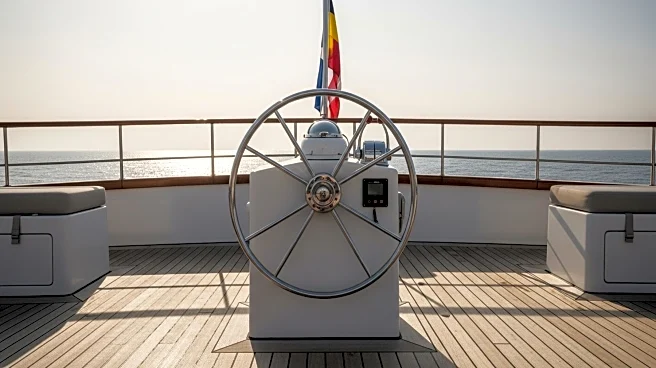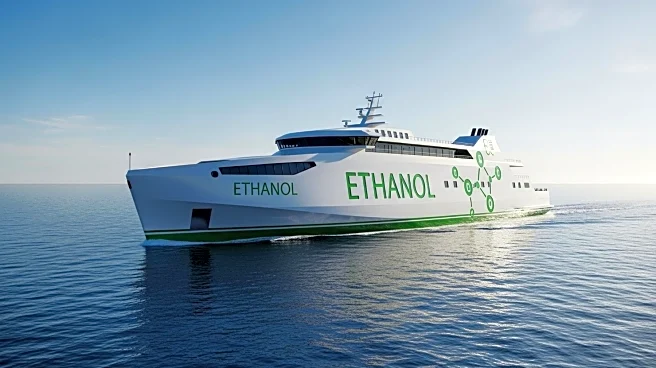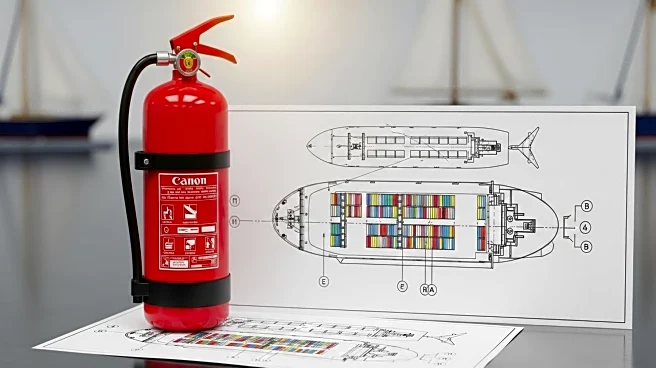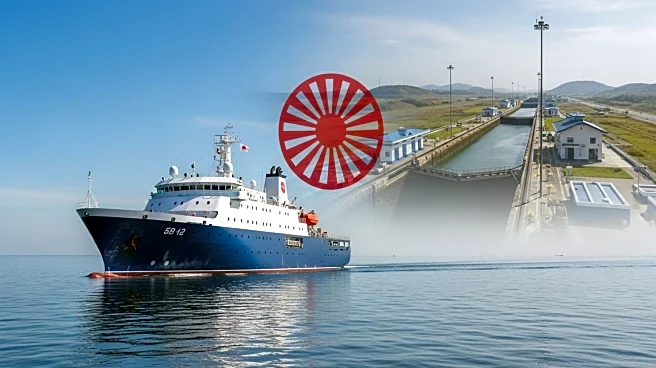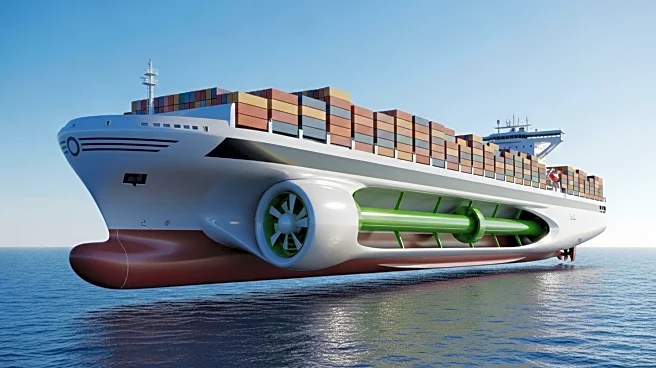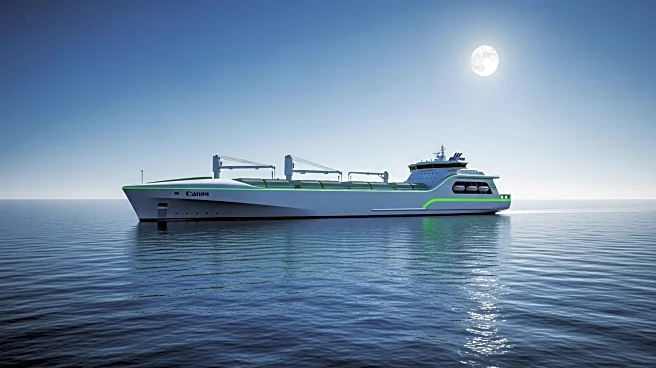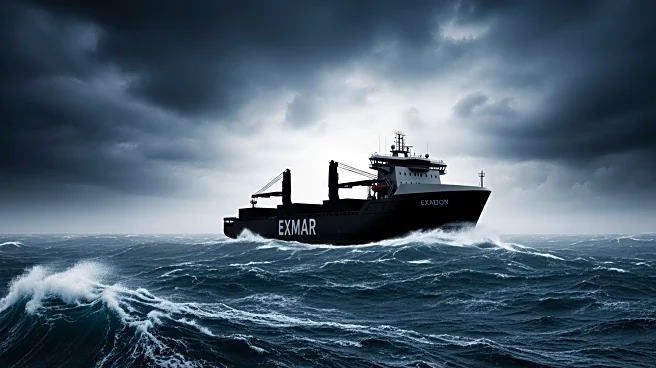What's Happening?
The maritime industry is facing increased safety risks due to an aging global fleet, as highlighted by Lloyd’s List Intelligence casualty data. In 2024, maritime casualties rose by 15%, driven largely by machinery failures and an aging fleet. The global fleet's age has increased, with 44% of vessels over 25 years old in 2024, compared to 36% in 2014. High demand for tonnage and regulatory changes have delayed vessel scrapping, contributing to the aging fleet. Machinery failures accounted for 60% of incidents in 2024, up from 38% in 2014. Fire and explosion incidents also increased, particularly in the passenger/ferry segment.
Why It's Important?
The aging fleet poses significant safety challenges for the maritime industry, impacting operational reliability and increasing the risk of casualties. The rise in machinery failures and fire incidents highlights the need for improved maintenance and safety measures. The industry's reluctance to invest in new vessels due to high costs and regulatory pressures exacerbates these risks. Addressing these issues is crucial for ensuring maritime safety and protecting lives and assets. The situation underscores the need for strategic planning and investment in fleet renewal and safety enhancements.
Beyond the Headlines
The aging fleet's impact on maritime safety raises broader questions about industry sustainability and regulatory compliance. The delay in vessel scrapping reflects economic pressures and regulatory challenges, highlighting the need for balanced policies that encourage fleet renewal while maintaining profitability. The increase in war loss incidents due to geopolitical instability further complicates maritime operations, emphasizing the need for robust security measures and international cooperation. The industry's response to these challenges will shape its future resilience and ability to adapt to evolving risks.
